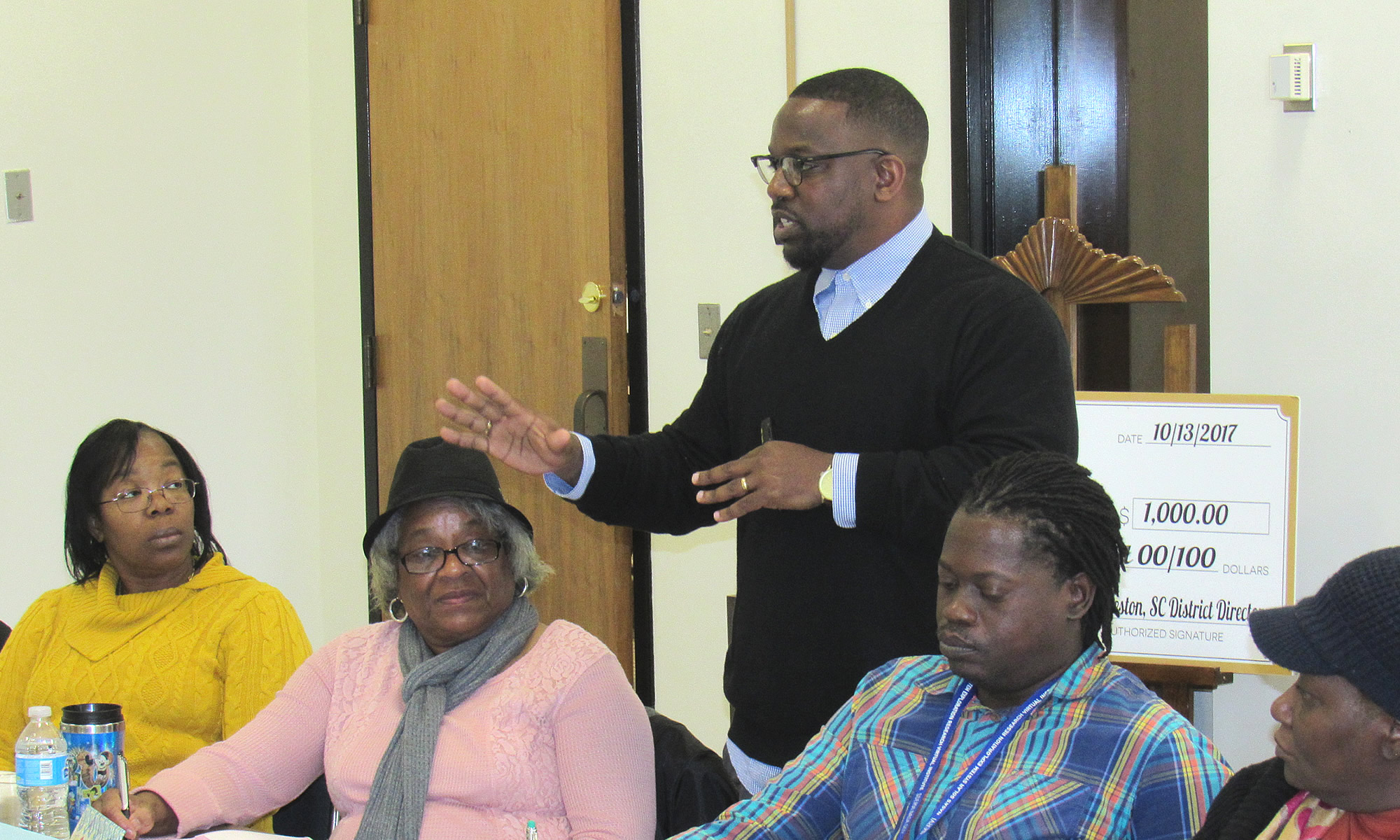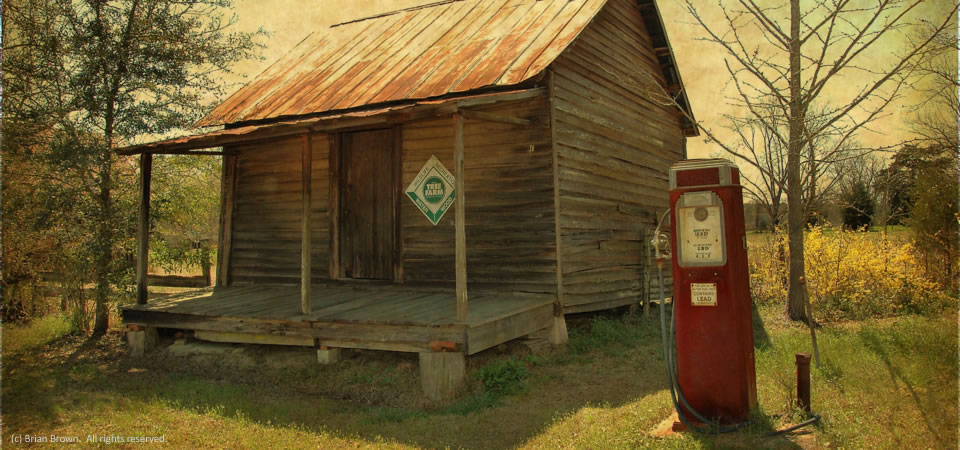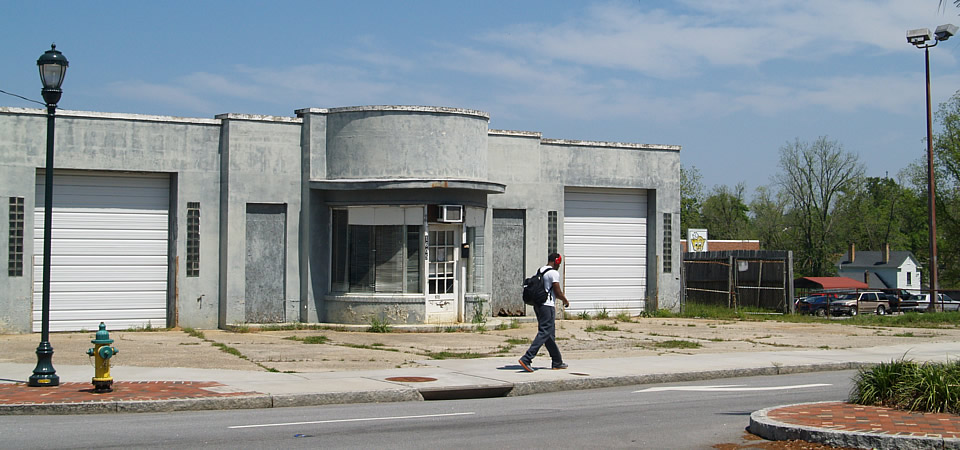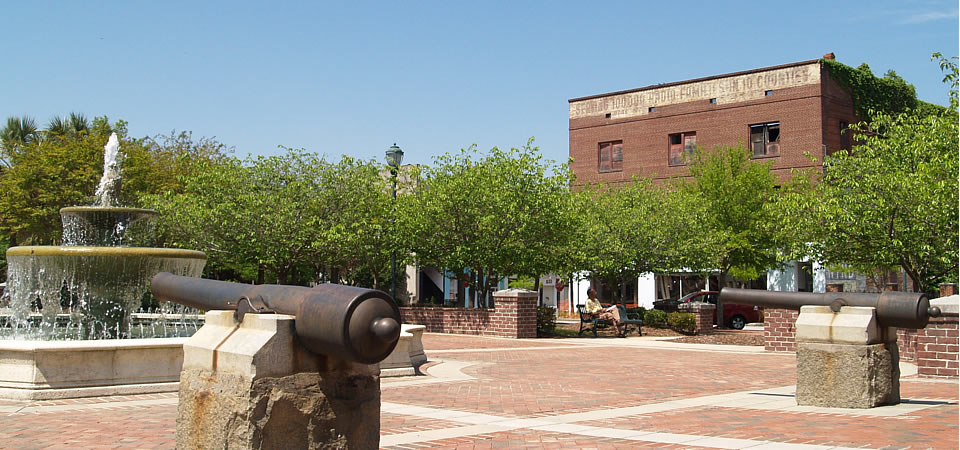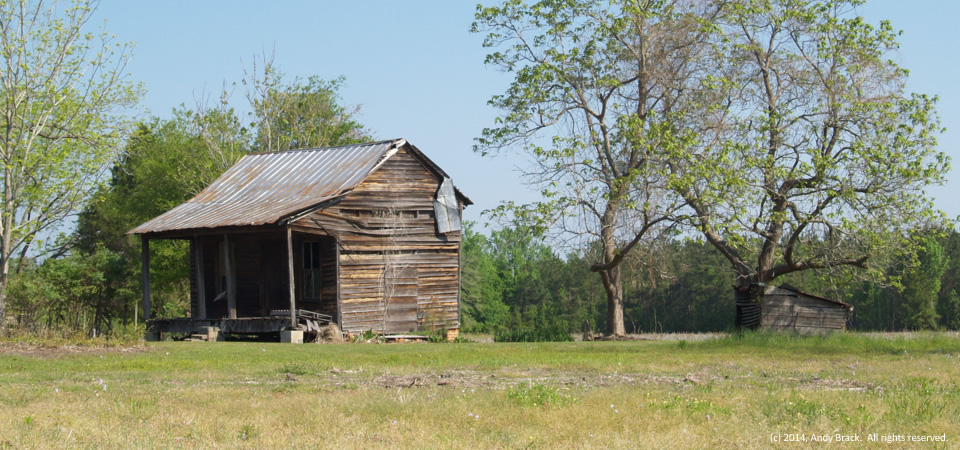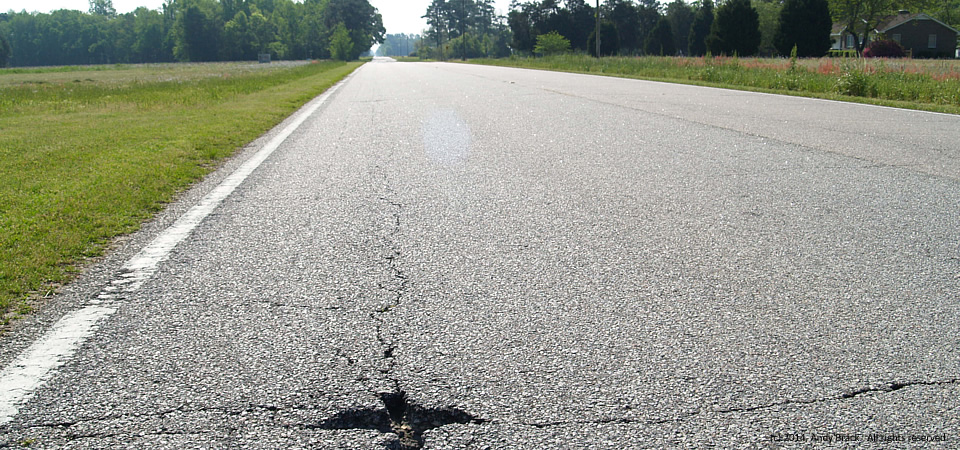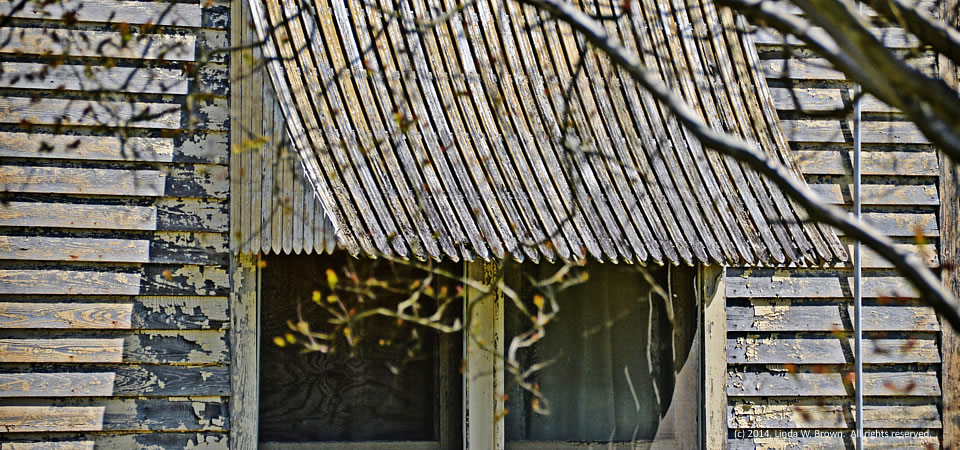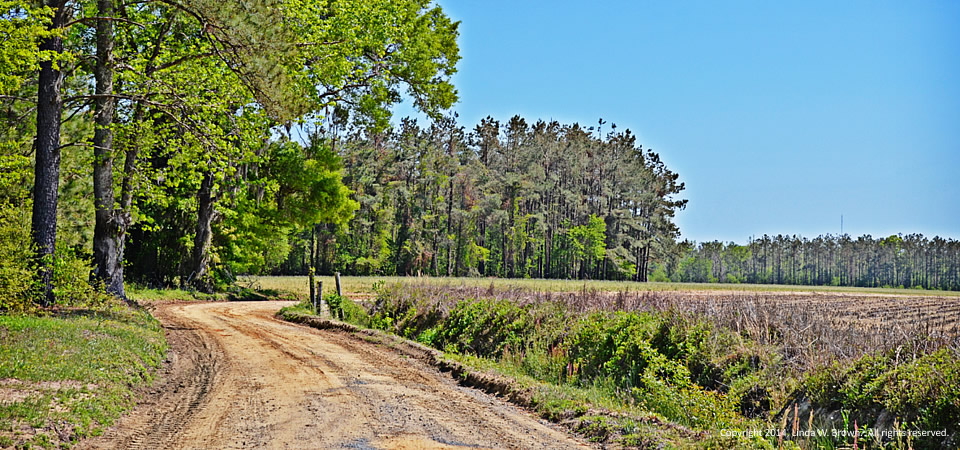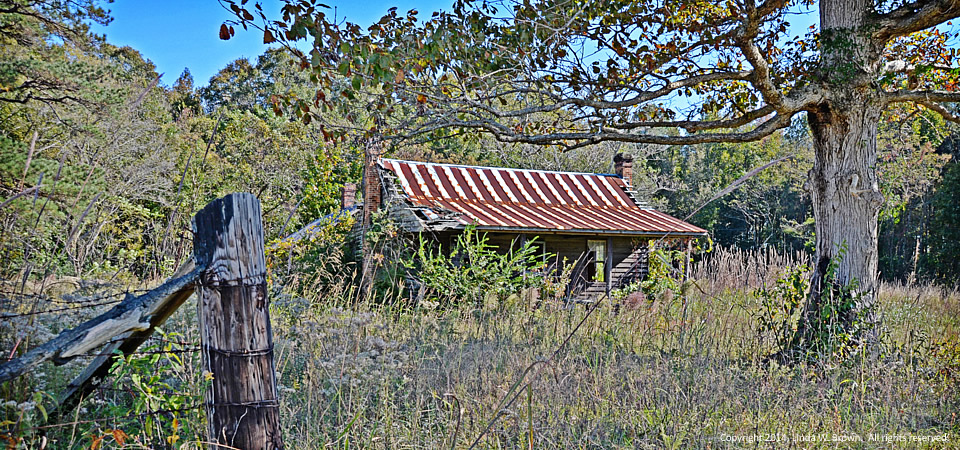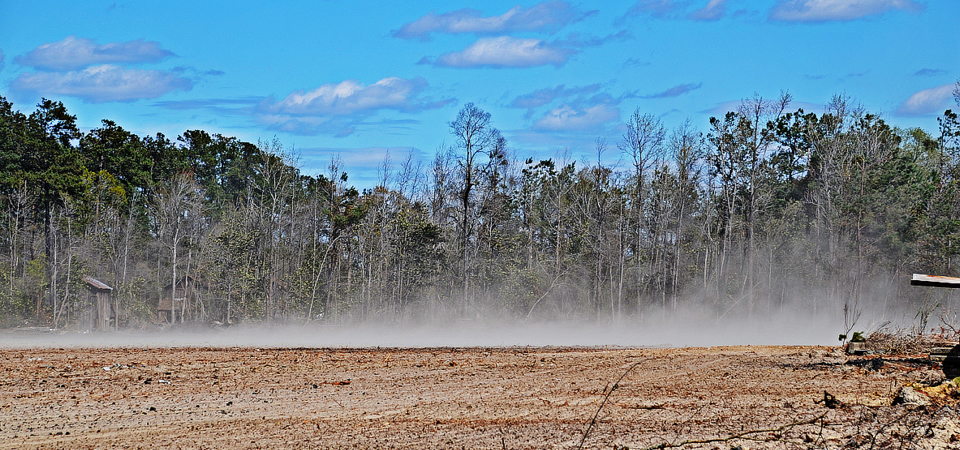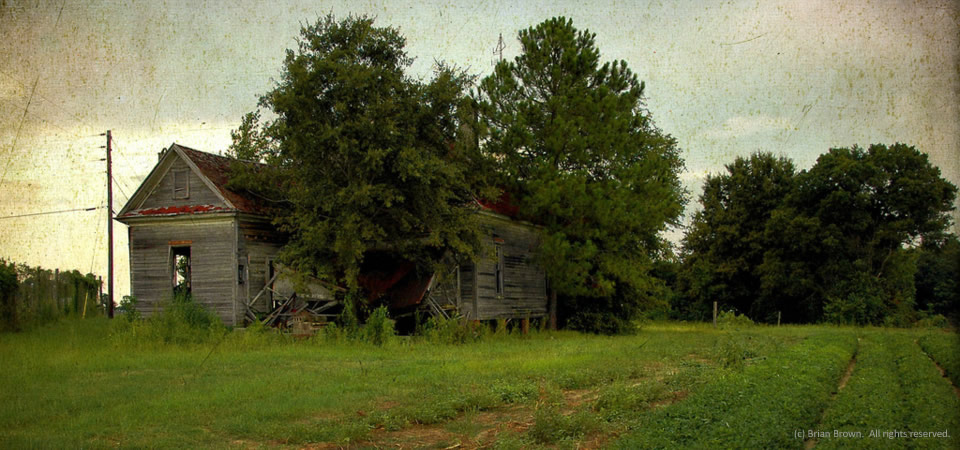
There are a lot of abandoned farmhouses and great old buildings throughout Tift County, Ga., in the middle of wiregrass country, as documented here at VanishingSouthGeorgia.com by photographer Brian Brown.
Tift County, population 40,286 in 2013, is an old agricultural market center that thrived a century and more ago thanks to lumber, cotton and other agricultural products. Today, it is home to Abraham Baldwin College. It continues to be a transportation as it is bisected by Interstate 75. U.S. Highways 82 and 319 also intersect in the county.
About two thirds of Tift residents are white; about a third are black. About 10 percent of people also identify themselves as Hispanic or Latino, according to the U.S. Census. The county’s poverty rate is 22.9 percent (2008-2012), but just over 30 percent in the county seat, Tifton (population 16,405).
Photo by Brian Brown. All rights reserved.
